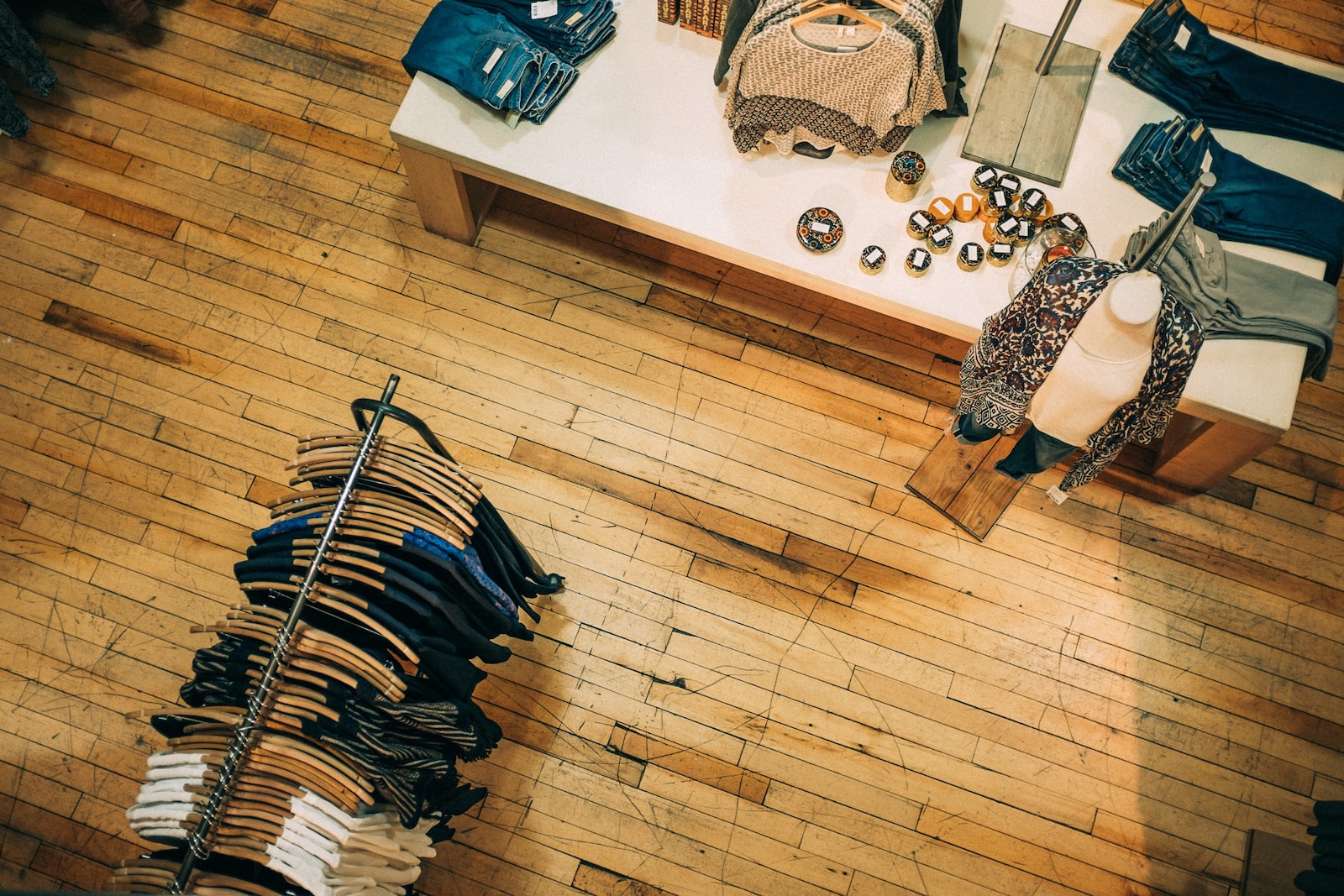Table of Contents
ToggleThe Fashion Industry’s Sustainability Crisis
The fashion industry is a notoriously large polluter, generating massive amounts of textile waste and carbon emissions. Fast fashion, characterized by its low-cost, trendy clothing quickly discarded, exacerbates this issue. The Environmental Protection Agency (EPA) estimates that Americans throw away over 17 million tons of textile waste annually, and the production processes involved in clothing manufacture contribute significantly to greenhouse gas emissions.
Impact of Fast Fashion:
- Exhausted resources: Fast fashion relies heavily on synthetic materials like polyester, derived from non-renewable fossil fuels.
- Polluted waterways: Textile production releases harmful chemicals into rivers and oceans, threatening aquatic ecosystems.
- Landfill waste: Mountains of discarded clothing end up in landfills, taking hundreds of years to decompose.
- Poor working conditions: Workers in fast fashion factories often face unfair wages, unsafe working conditions, and exploitation.
Sustainable Fashion: A Greener Path
Fortunately, a growing awareness of these environmental and ethical concerns has spurred the rise of sustainable fashion. More and more consumers are seeking eco-friendly clothing options that prioritize both style and ethical production practices.
Benefits of Sustainable Fashion:
- Reduced environmental impact: Sustainable brands use eco-friendly materials like organic cotton, recycled textiles, and natural dyes.
- Ethical production: Sustainable brands prioritize fair labor practices and safe working conditions for their employees.
- High-quality garments: Sustainable clothes are often made with better materials and construction, resulting in longer-lasting garments.
- Unique style: Sustainable brands offer diverse and stylish designs that cater to various tastes.
Building a Sustainable Wardrobe
Making conscious choices about your clothing can significantly reduce your fashion footprint. Here are some tips to build a more sustainable wardrobe:
- Shop less, buy better: Invest in quality pieces that you’ll love and wear for years to come instead of buying cheap, trendy items that will quickly fall out of favor.
- Shop second-hand: Give pre-loved clothes a new lease on life by shopping at thrift stores, consignment shops, or online marketplaces.
- Support sustainable brands: Research and support ethical and eco-friendly fashion brands that align with your values.
- Care for your clothes properly: Taking good care of your clothes will extend their lifespan and reduce the need to buy new ones regularly.
- Get creative with upcycling: Repurpose old clothes into new garments or accessories to give them a second life.
Tips for Finding Sustainable Brands:
- Look for certifications such as GOTS (Global Organic Textile Standard) or Fairtrade International.
- Research a brand’s sustainability practices and supply chain transparency.
- Read reviews from other customers about the quality and ethics of the brand.
- Consider smaller, independent sustainable brands that often offer unique designs and ethical production practices.
A Fashionable Future
The rise of sustainable fashion presents a unique opportunity to transform the industry into a more environmentally and socially responsible force. By making informed choices and supporting ethical brands, we can all contribute to a greener future for fashion.
Joining the Movement:
- Share your passion for sustainable fashion with friends and family.
- Advocate for stricter regulations and policies promoting sustainability in the fashion industry.
- Support organizations and initiatives working to promote ethical and sustainable fashion practices.
Together, we can make a difference and ensure that the fashion industry not only reflects our sense of style but also our values of environmental responsibility and social justice.







